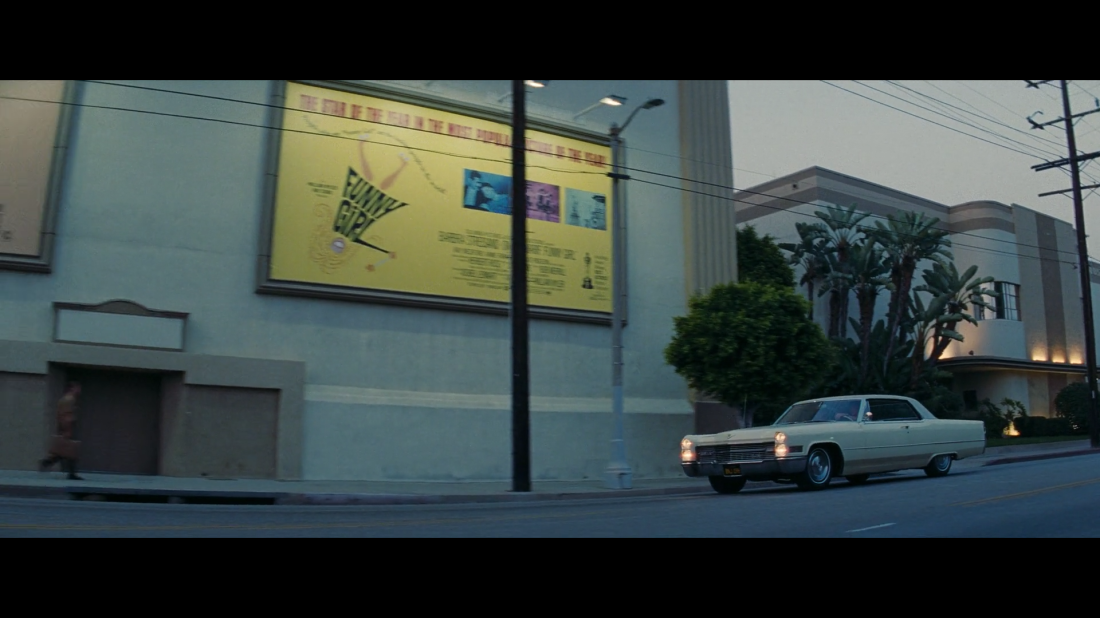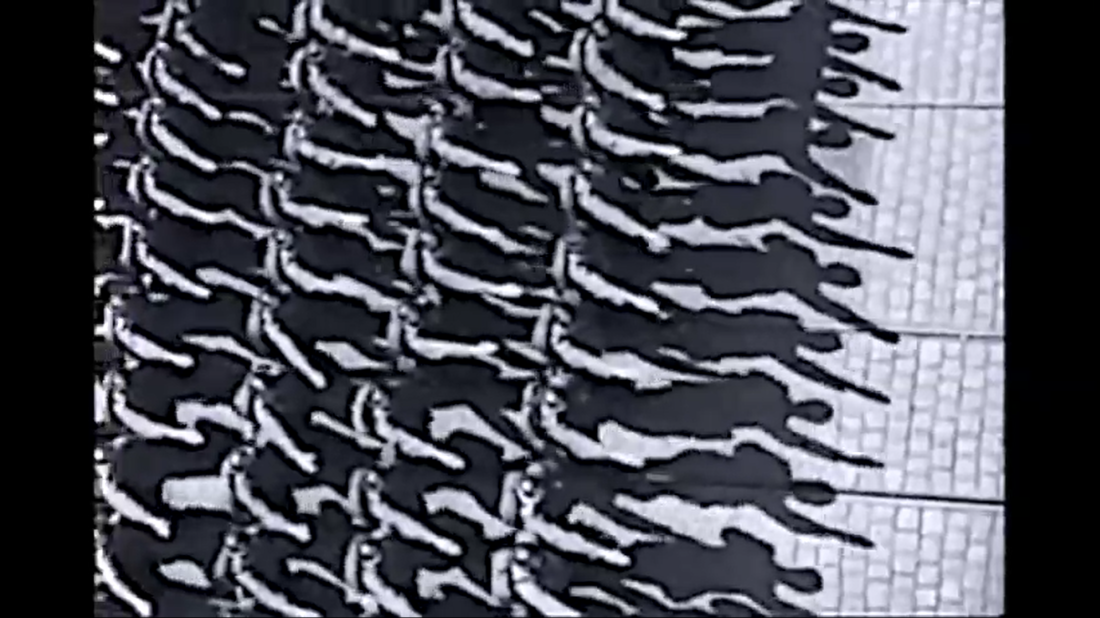Not since maybe Irreversible have I ever been more on edge. It’s 2012 for some reason, and ‘Howie’ a jewelry shop owner and specialty salesman to Rappers and Athletes with interesting taste, begins the Safdie Brother’s follow up to Good Time (2017) already $100,000 in the stink. He then proceeds to dig himself deeper and deeper, betting, pawning, selling inflated goods and pulling favours nineteen to the dozen; risking his own life, the lives of his family, and his devoted mistress for the ultimate win in the form of an uncut black opal as big as a human heart scored from a mine in Ethiopia that falls considerably short of numerous health and safety guidelines. The prospect of snatching victory from the dentures of defeat is Howard’s goal, even to the point of self-sabotage, but like a cornered animal you’ll forget that all pretty quickly once Howard starts pinning IOU’s to the revolver pointed straight at his forehead.
Uncut Gems barely gives you a chance to breath between all the nail-biting, but thanks to a script tighter than Adam Sandler’s colonoscopy, and improv that may at any point be hilarious and devastating, the 140 minutes run by like 15. Rather than feeling like a Gaspar Noe bad trip, or a more beat-by-beat thriller, like a Scorsese, the Safdie’s have set their own carefully engineered – lucid – pace and tone, which is very watchable.
I tend to feel pretty redundant when I write positive things about films with an already existing amount of hype around them, but I just want to throw my piece in there just this one time for Uncut Gems. What an exciting time to be a person who loves films, when work like this can peak it’s head above the indie tabletop to the mainstream. The audience I watched this with were absolutely immersed every time Howard made another dumb decision *groans*, and when the soundtrack lowers to absolute silence, not one whisper was heard.
Obligatory: Adam Sandler Adam Sandler Adam Sandler John Cassavetes John Cassavetes
The Safdie’s nerdiness shines through every way the film is crafted. Danny Lopatin’s score is unlike any other Oneohtrix Point Never stuff I’ve hear before. Sounds like a continuous 80s/90s VHS tape intro mixed with sparkly synthetic sounds you automatically associate with tacky jewelry and that cross-shaped lens flare you’ll immediately associate with Bling/SuperSweetSixteen-era aspiration.
Technically interesting, much smoother movement and deliberate cutting than Good Time as I remember. Understandably so, or I’d get sick. Same bias towards handheld close ups in (very wide anamorphic) 2.39 ratio, plus lots of bluming artificial light bouncing around inside the lens, shooting mainly in dark settings on 35 mil. They literally hired a wizard (a guy called Chris Silano) as a 1st AC, shooting on such a wide aperture – on anamorphic – while moving all the time must have been a huge challenge.
Negs:
I think this has something to do with the Safdie’s actually rooting for Howard at the end, but I wish they took their hand off the edit button a few more times in the final sequence, I wanted to see more from Howard’s brother who obviously showed some sympathy and dismay, to see the guy he grew up with so hooked to this self-destructive, high-stakes lifestyle, to see Howard from outside his own perspective would have been powerful then.
I also didn’t really understand why Kat was so into Howard, to the point of trying to win him back at least, although again, I can’t fault Paloma Elsesser’s performance at all, the ensemble were all fantastic.
Kevin Garnett by normal standards was remarkable, but within context, gave the weakest performance, and also accounted for the least engaging parts of the film. Had he been more assertive I would have believed in him more, maybe that had something to do with his personal drawbacks/conditions of playing himself.
I will say this is a damn near perfect genre film, with a very convincing and memorable performance from Sandler, but the film at the moment, admittedly lacks an emotional honesty outside the propulsion, comic relief and great production. To clarify, by ‘honesty’ I don’t mean the film LIES to anybody, I only saw some potential to know *more* about the characters beyond the overall momentum of the story. Again I’ve referenced this before: the classic ice-scraper scene, from an eerily similar film-making duo in the Coens, for Fargo.
Could the Safdie’s have maybe identified the car boot scene as a point to show Howard at a point where he believes he’s alone and totally out of options? Yes. The answer is yes.
To be crude, to enter 9/10 territory this film needed to either totally blow my mind creatively, or maim my heart in some way in some way I didn’t know it could be maimed. Uncut Gems didn’t do either, but as a genre film it’s among the best I’ve ever seen. And I’m only 22 but hey now!
To be even cruder, I gotta ask, is this a Reservoir Dogs moment, or a Magnolia moment? Will the Safdie’s commit to the ‘inimitable rising stakes’ blueprint for the rest of their career? Now they have eyes, it’ll be interesting to track their progress.
Paul Blart: Mall Cop 3 on the horizon????
For real, these are a duo who – with their current playbook – are never gonna be courted by the likes of Marvel, so it’s good we have them.
Please bow your heads. Give thanks.
Amen.
Edit: Ethiopia not Nigeria
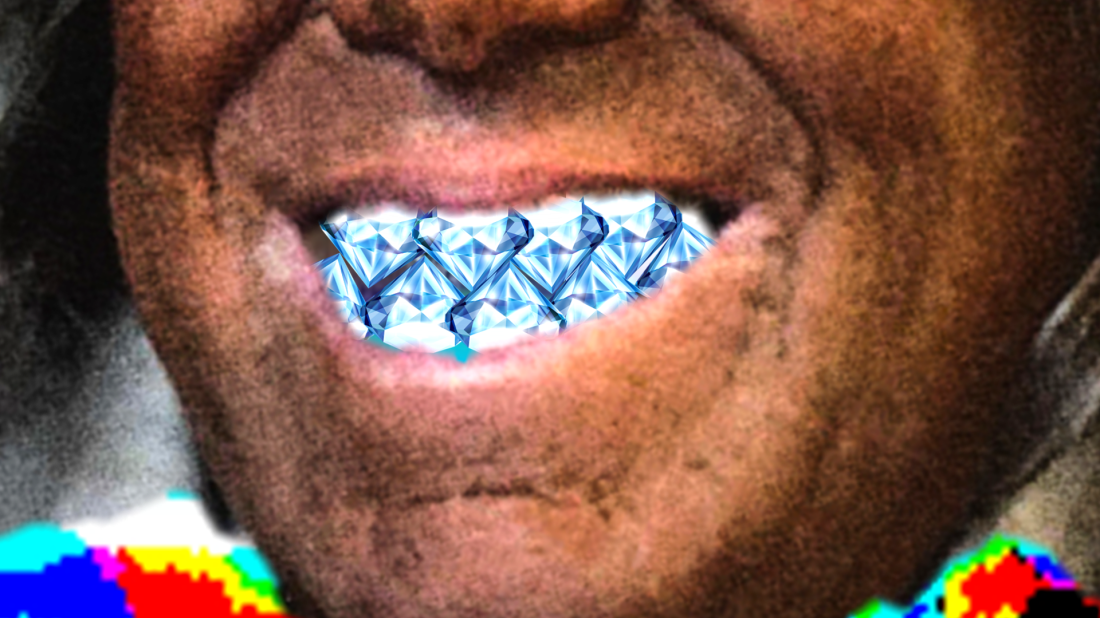



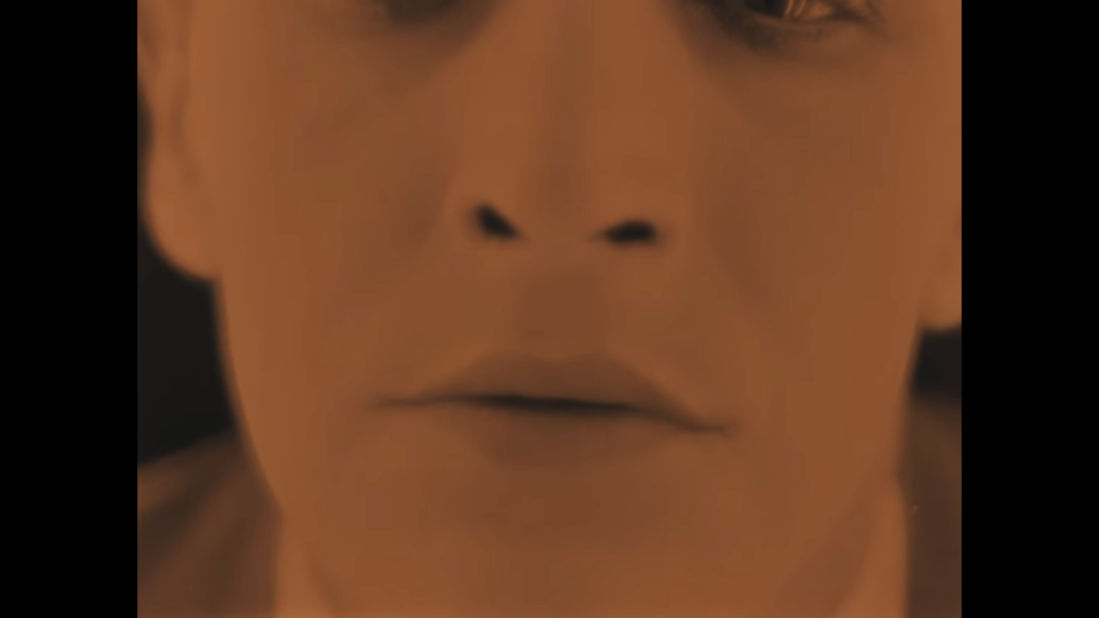
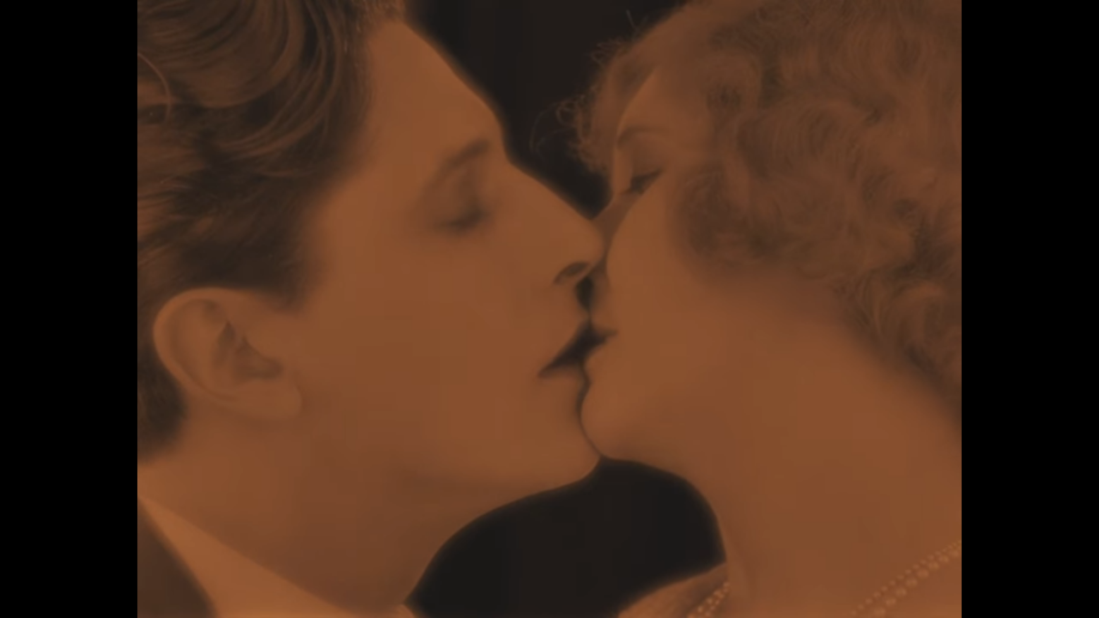
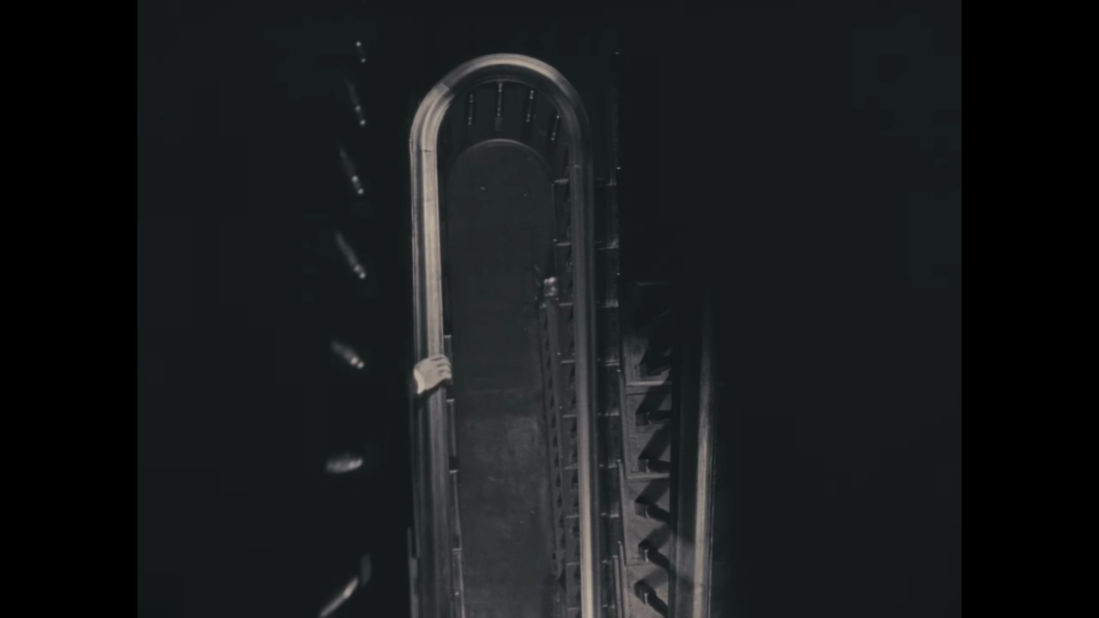
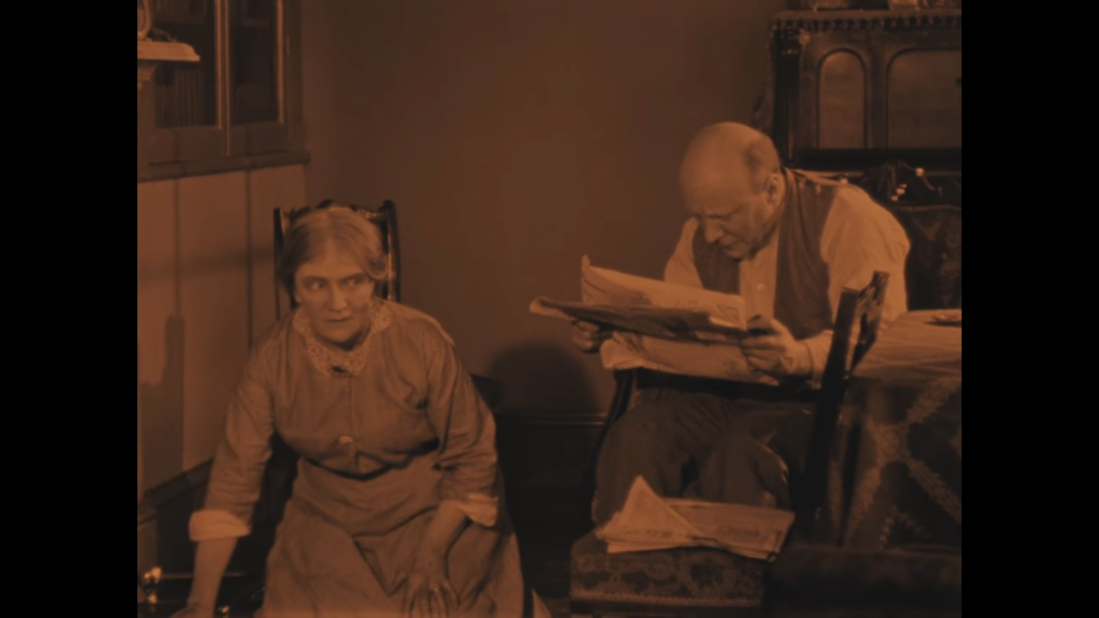

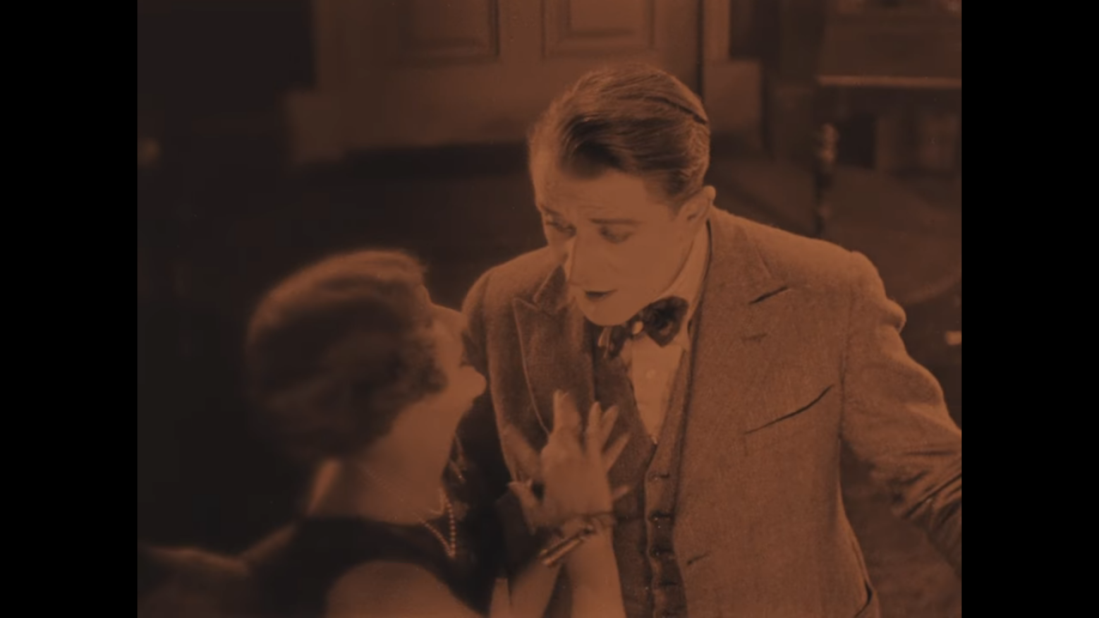
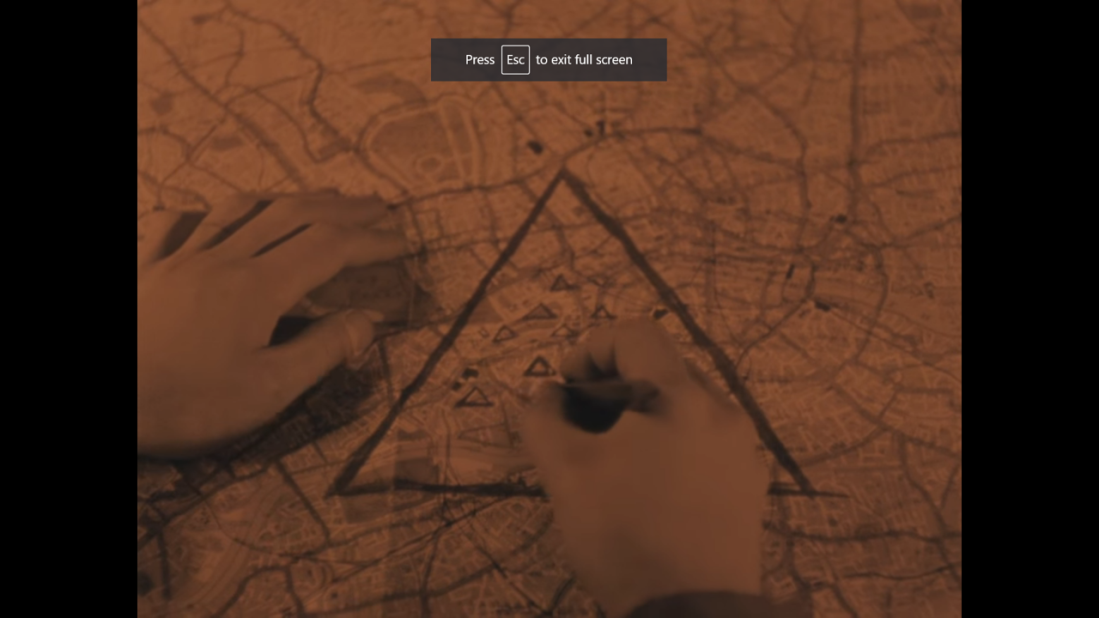

 “Sometimes reality is the strangest fantasy of all”
“Sometimes reality is the strangest fantasy of all”












